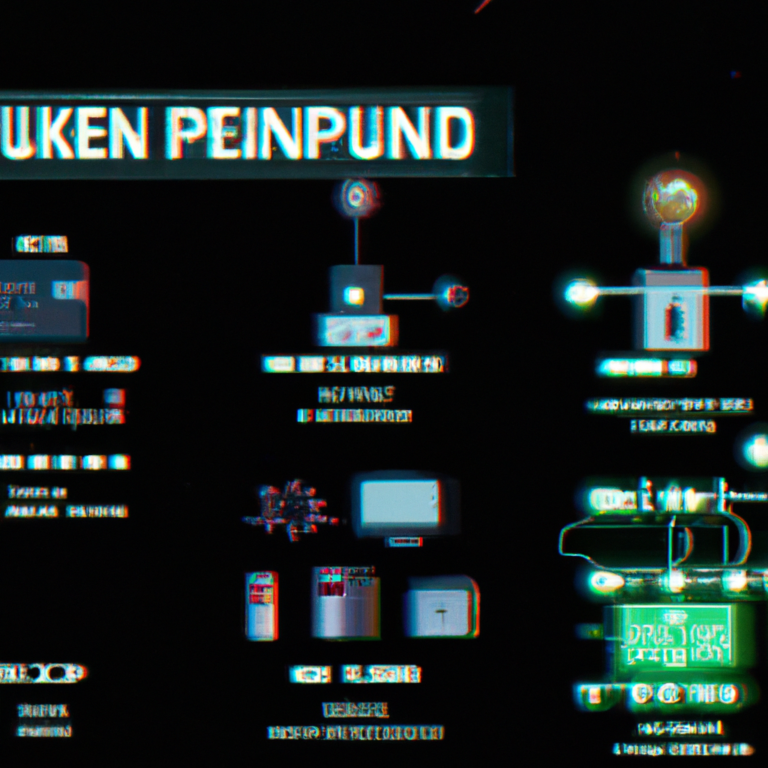“Ensuring Excellence: The Crucial Role of Game Testing and Quality Assurance”
In today’s digital era, the gaming industry is surging with a multitude of games in all imaginable genres. From action-packed adventures to mind-boggling puzzles, there is a game out there for everyone. However, behind every successful game lies an unsung hero – game testing and quality assurance.
Game testing and quality assurance are two pivotal aspects in game development that ensure an enjoyable user experience and the overall success of a game. They are the gatekeepers that verify not just the functionality of the game but also its usability, performance, and compatibility, along with checking for bugs and glitches in the game.
First and foremost, let’s understand the difference between game testing and quality assurance. Game testing refers to the process of playing the game in a systematic way, checking all levels and modules, and identifying any bugs or issues. On the other hand, quality assurance is an umbrella term that encompasses all activities aimed at ensuring the quality of the game. This includes game testing, but also extends to procedures like code review, design inspection, and process monitoring.
The importance of game testing and quality assurance cannot be overstated. To begin with, they ensure a seamless gameplay experience. Gamers are looking for a smooth, glitch-free experience, and even a small bug can greatly mar the gaming experience, leading to dissatisfaction, poor reviews, and ultimately, a loss of players. Quality testing ensures that the game works as intended, offering a polished, glitch-free gaming experience.
Moreover, game testing and quality assurance also play a significant role in retaining players. A well-tested game that runs smoothly is likely to keep players engaged and coming back for more. In contrast, a game riddled with bugs and performance issues is likely to frustrate players, leading to a high churn rate.
Furthermore, game testing is crucial for balancing the gameplay. This refers to adjusting the different elements of the game to ensure that it is not too hard or too easy, and to make sure all elements of the game are harmonious and balanced. This can include adjusting the difficulty of levels, the power of weapons, the intelligence of enemies, amongst other things.
Quality assurance is also instrumental in upholding the reputation of a game development company. A company that consistently releases high-quality, well-tested games is likely to garner a good reputation in the gaming community. Conversely, releasing buggy games can tarnish a company’s reputation.
Lastly, game testing and quality assurance play a pivotal role in the monetization of the game. A well-tested, high-quality game is more likely to drive in-app purchases and attract sponsors and advertisers. Quality assurance is thus directly linked to the return on investment for a game.
In conclusion, game testing and quality assurance are critical to the success of a game. They ensure a seamless, balanced, and engaging gaming experience, which is crucial for retaining players, upholding the company’s reputation, and driving monetization. Therefore, they are integral aspects of game development that should never be overlooked.







